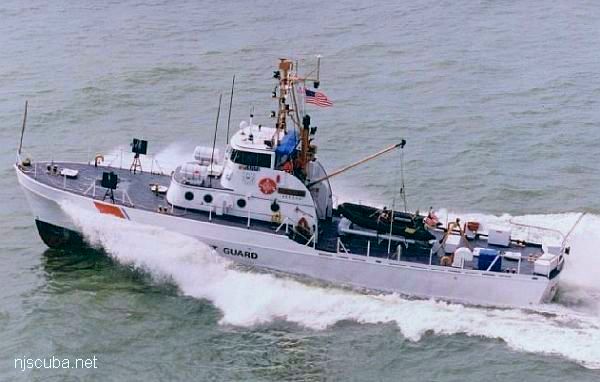u09 - AWOIS 8075
FE330SS/89 -- OPR-C147-HE-89; CONTACT #24 FROM SURVEY H-10284/88; SIDE-SCAN SONAR AND DIVER INVESTIGATION FOUND THE BADLY DETERIORATED WRECKAGE OF A WOODEN SHIP; A LARGE METAL MOORING OR TOWING BIT WAS FOUND IN THE WRECKAGE; LEADLINE LEAST DEPTH OF 41 FT TAKEN ON WHAT APPEARED TO BE THE RIBS OF THE WRECK. (ENTERED MSD 6/91)


Questions or Inquiries?
Just want to say Hello? Sign the .